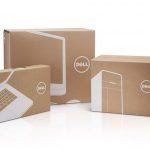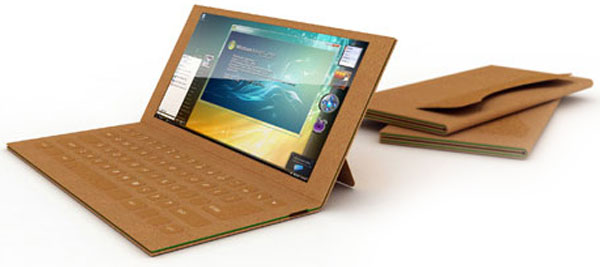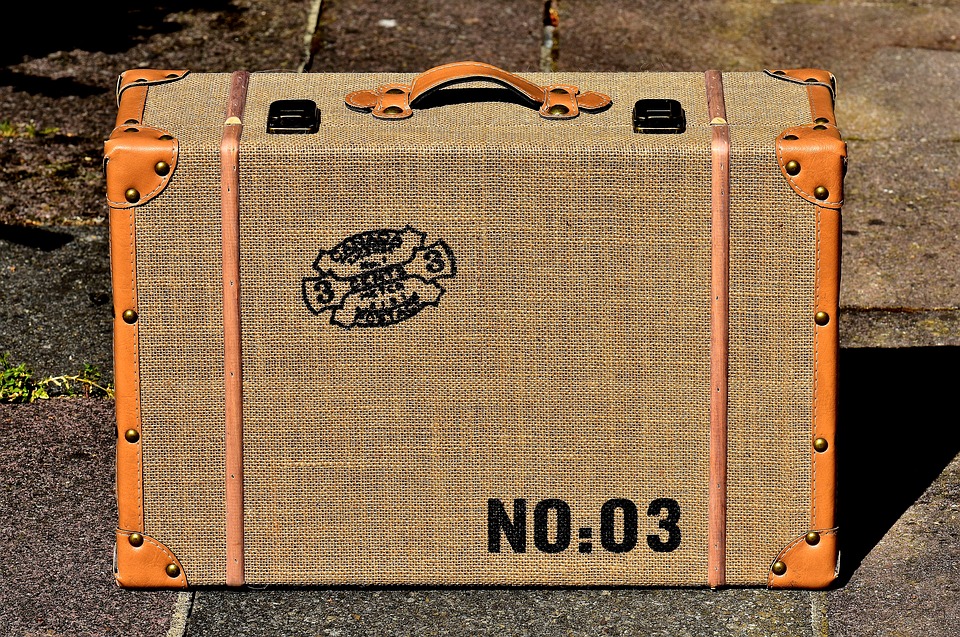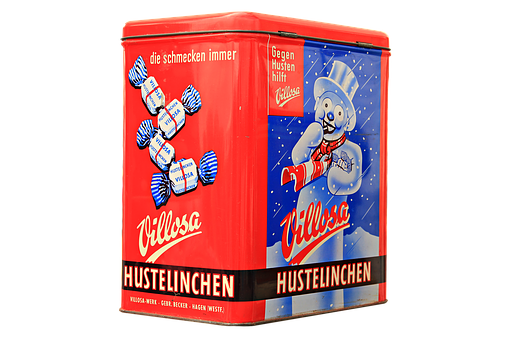The American label industry is showing positive signs with a small but respectable growth predicted at 2.5 percent for 2012-2013. While the emerging markets such as China, India and Southeast Asia consistently post high estimates of around 10 percent for annual growth.
Printing is a process for reproducing text and images, typically with ink on paper using a printing press. It is often carried out as a large-scale industrial process, and is an essential part of publishing and transaction printing.
A label is a piece of paper, polymer, cloth, metal, or other material which is fixed to a container or article, on which is printed a legend, information concerning the product, addresses, etc. A label may also be printed directly on the container or article. Labels have many uses: product identification, name tags, advertising, warnings, and other communication.
Recently majority of the economies have witnessed the tough market conditions but even in those harsh times the label printing industry is in a better position than many other industries. The American label industry is showing positive signs with a small but respectable growth predicted at 2.5 percent for 2012-2013. While the emerging markets such as China, India and Southeast Asia consistently post high estimates of around 10 percent for annual growth, these statistics are based on growing disposable incomes, increased supply and demand, and immature market conditions. Overall, the Americas market (including Canada and Latin America) is well placed and now accounts for more than 40 percent of global consumption. The United States is the largest single label market with 27 percent of total global consumption.
In order to maintain the growing spur in the market the label industry has to come up with new label printing machines to bring new trends in the market.
A label printer is a computer printer that prints on self-adhesive label material and/or card-stock (tags). A label printer with built-in keyboard and display for stand-alone use (not connected to a separate computer) is often called a label maker. Label printers are different from ordinary printers because they need to have special feed mechanisms to handle rolled stock, or tear sheet (fanfold) stock. Common connectivity for label printers include RS-232 serial, Universal Serial Bus (USB), parallel, Ethernet and various kinds of wireless.
In the ever-changing world of labels, where run lengths have decreased, label variations have increased and the demand for label personalization grows, the challenge for conventional press users is to increase commercial viability by reducing setup and changeover times without compromising durability or print quality.
As 69 percent of those surveyed agreed, digital printing technology for labels is the biggest growth opportunity for their businesses, especially for short runs. And, as innovation is the key to business growth, the argument for digital printing is compelling.
Latest Label Printers In The Market
LX900 Color Label Printer
LX900 is Primera’s newest, fastest and most economical to operate color label printer. It utilizes the latest in high-resolution inkjet technology to print brilliant, colorful labels for the products, boxes and packaging. Individual ink cartridges for each color let one replace only the colors that need replacing. It will save time and money on every print. Printed labels can include photos, graphics, illustrations and text – even high-resolution linear or two-dimensional bar codes. Print labels when and where one needs them in just the quantities that can actually be used.
LX900 is the fastest Desktop Label Printer in the World. It can produce full-color labels at up to 4.5” per second in draft mode. Short runs are printed fast and efficiently, helping to increase the production of the products. We can even operate several LX900 printers from one PC as the production volumes grow. Whether print just a few labels at a time or thousands, they’ll be printed at speeds one probably never before thought was possible from a desktop label printer.
Brother P-Touch Label Printer
Brother International Corporation has introduced a new P-touch label printer. P-touch label printers are a fast and effective way to create adhesive-backed labels to be organized at home, the office, business, or school. Brother P-touchlabel makers are designed to print quality, durable labels to fit any need and any budget. From handheld and desktop models to computer label printers, Brother P-touch labelers produce durable, colorful labels. Almost all of the P-touch products print on laminated labels that withstand abrasions, chemicals, water, spills, heat, cold and other harsh environments. Applications for Brother P-touch labels are virtually infinite, and P-touch labelers are both affordable and easy to use. Brother P-touch label printers are equipped with easy-to-use, convenient features that allow you to print labels on-demand.
Epson Label Printer
Another company Epson has announced the launch of its first series of portable stationery label printers under its own “Epson” brand. This is to form a comprehensive set of labeling solutions for its customers ranging from large volume industrial labeling with the Epson SurePress L-4033, to the stationery labeling market. The new Epson LabelWorks printers are ideal for office environments, including large corporate, small and medium businesses (SMB), small offices, home offices (SOHO), or even homes for labeling anything from archival files and documents to household items, scrapbooks, school books and stationery items.
They can also be used to print on cable wraps that are part of the large variety of media Epson offers for the Epson LabelWorks printers. Vertical industries, like logistics, manufacturing, building management will also benefit from the ability of the Epson LW-400 and LW-900P to print barcodes for tracking inventories.
Apart from all these latest trends in the field of label printers there is one very old method which is being used even today at a very large scale but of course with some changes. This method is known as Offset printing.
Offset printing is a commonly used printing technique in which the inked image is transferred (or “offset”) from a plate to a rubber blanket, then to the printing surface. When used in combination with the lithographic process, which is based on the repulsion of oil and water, the offset technique employs a flat image carrier on which the image to be printed obtains ink from ink rollers, while the non-printing area attracts a water-based film (called “fountain solution”), keeping the non-printing areas ink-free.
Offset printing or lithography is one of the most common ways of creating printed matter. A few of its common applications include: newspapers, magazines, brochures, stationery, and books. Compared to other printing methods, offset printing is best suited for economically producing large volumes of high quality prints in a manner that requires little maintenance. Many modern offset presses use computer to plate systems as opposed to the older computer to film work flows, which further increases their quality.
Offset lithography became the most popular form of commercial printing in the 1950s. Subsequent improvements in plates, inks, and paper have further refined the technology of its superior production speed and plate durability. Today, lithography is the primary printing technology used in the U.S. and most often as offset lithography.
The importance of Offset printing can be realized from the fact that many important companies are using this method. For instance, Finn-Korkki a Finland company and world leader in ring pull caps with over 35 years experience uses Offset printing method for printing on ring pull caps manufactured by it. Today, offset lithography is “responsible for over half of all printing using printing plates”. The consistent high quality of the prints and the volume of prints created for their respective cost make commercial offset lithography very efficient for businesses, especially when many prints must be created.
Finally we can say that product innovation will be a key driver of growth in 2013 and the years to come. Labels and packaging can drive innovation by investing more and more in research and development and coming up with more ideas. In the coming years the labeling industry must focus on consumer insights to understand how ever-evolving behaviors will impact the labeling world.





